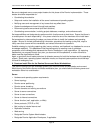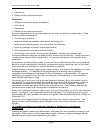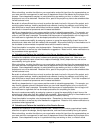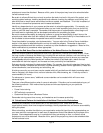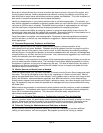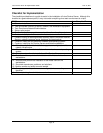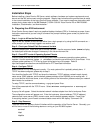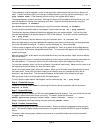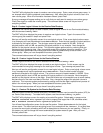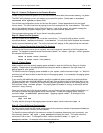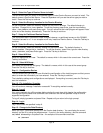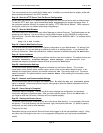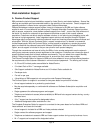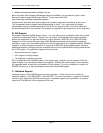
These daemons must be stopped in order to free up certain network ports that the Domino Server will
need. In order to check to see if you have any of these daemons running, use the command ps -ef |
grep <daemon name>. If the daemons are not running, then please skip to step 6.
The easiest daemon to stop is sendmail. Although the Domino R5 installation will stop this for you, you
must still disable the daemon from restarting upon boot. Stop the sendmail daemon by using the
command stopsrc -s sendmail.
Next disable the sendmail from restarting by using the command chrctcp -d sendmail.
To verify that the sendmail daemon has stopped, use the command ps -ef | grep sendmail.
The other two daemons httpd and httpdlite are stopped using the same methods. The first thing that
must be accomplished is to get the process id (PID) of the daemon. To do this, use the command ps
-ef | grep httpd.
Once the PID is found, stop the daemon using the command kill -9 <process id>.
Next, the httpd daemon must be disabled from restarting upon boot by commenting out the appropriate
line in the /etc/initab file using vi. To do this, use the command vi /etc/inittab.
The first screen to appear will be the top of the /etc/inittab file. Next, do a search for the httpd daemon
line by using the vi command /httpd and press Enter. This command will appear at the bottom of the
screen as you type.
After you press Enter, vi will search the /etc/inittab file for any line that contains “httpd” and then display
that on the screen.
After the search the cursor is located at the beginning of the line that contains the startup information for
the httpd daemon. To comment out this line you must insert a colon at the beginning of the line.
To insert the necessary colon, use the vi command i to enter the insert mode. Make sure the cursor is at
the beginning of the line before you enter the insert mode.
Once in the insert mode, type a colon and a space. When you’re finished, press Escape twice to leave
the insert mode. Once out of the insert mode you will need to save your changes by using the vi
command :wq. Press Enter. The command will appear at the bottom of the screen as you type.
After you press Enter you will be back at the command prompt.
To verify that the httpd daemon has stopped, use the command ps -ef | grep httpd.
Step 6 - Create AIX Groups
Create an AIX group called notes for use during the Domino Server installation with the command
mkgroup -A notes.
Step 7 - Create AIX Users
After the AIX group is created, an AIX user called notes should be created. This user will be the one that
is logged in when the Domino Server is running. To create it, enter the command
mkuser pgrp=notes groups=’staff,notes’ home=’/server1’ fsize=’-1’ notes.
Assign a password to the new user by using the command pwdadm <user>.
Step 8 - Create a Volume Group
Create a volume group for the Domino data directory. Store your data on a separate volume group by
itself. This allows for easier backup and recovery or migration to another RS/6000 in case of hardware
failure.
To create a new volume group, make sure you have an unused disk installed and use the command
smitty mkvg.
Lotus Domino Server R5 Implementation Guide June 18, 2001
Page 34



